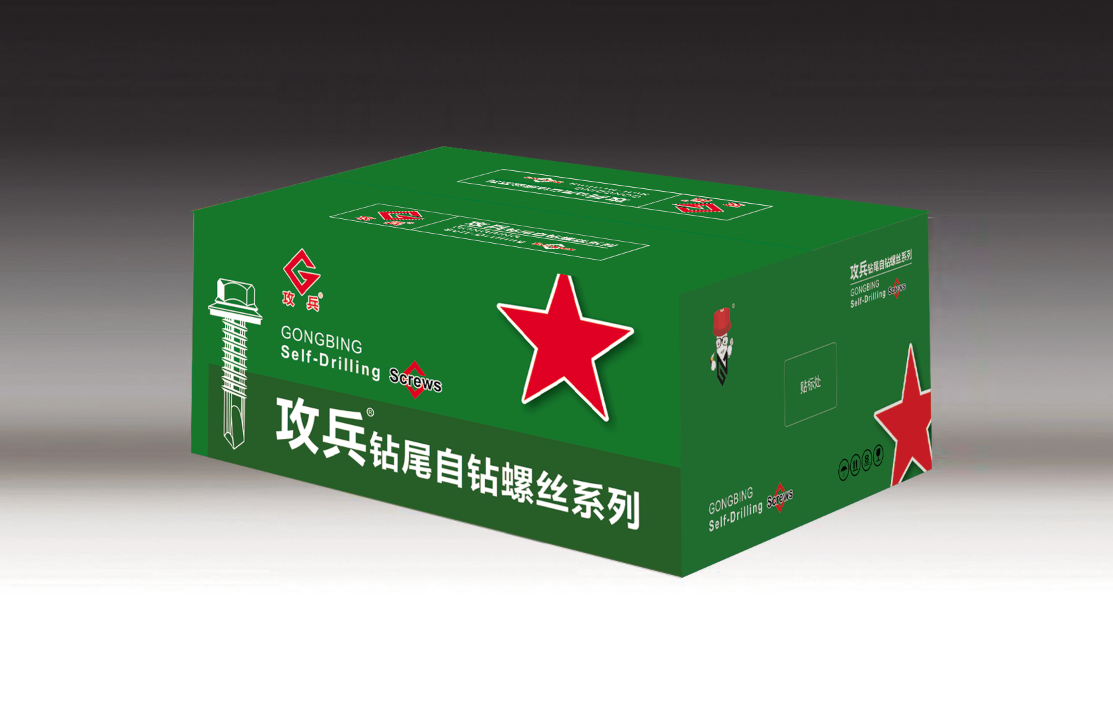chemical anchor threaded rod
Chemical Anchor Threaded Rods A Comprehensive Overview
In the realm of construction and civil engineering, the integrity of structural connections plays a vital role in ensuring safety and durability. One of the crucial components used in achieving robust connections is the chemical anchor threaded rod. This article aims to explore the significance, applications, and benefits of chemical anchor threaded rods, along with guidelines for their effective use.
What are Chemical Anchor Threaded Rods?
Chemical anchor threaded rods are specialized fasteners designed to create strong connections between structural elements, such as steel beams, concrete slabs, and masonry walls. Unlike traditional mechanical anchors, chemical anchors utilize a two-part epoxy or resin system that bonds the threaded rod to the base material upon curing. This unique method enhances load-bearing capacity and provides superior resistance to various environmental factors, including moisture, temperature fluctuations, and chemical exposure.
Applications
Chemical anchor threaded rods are utilized in a wide array of applications across different sectors, including
1. Construction Used for securing structural steel, precast concrete, and heavy machinery. 2. Infrastructure Essential for anchoring elements in bridges, tunnels, and other critical infrastructures. 3. Manufacturing Employed in machinery assembly and the installation of heavy equipment. 4. Renovation Projects Ideal for retrofitting existing structures where traditional anchoring methods may not suffice.
These rods are particularly advantageous in scenarios where vibration, dynamic loads, or adverse environmental conditions are factors.
Advantages Over Traditional Fastening Methods
There are several advantages to using chemical anchor threaded rods compared to conventional anchoring systems
1. Enhanced Load Capacity The chemical bond formed by the epoxy or resin significantly increases the load bearing capacity, allowing for secure anchoring even in weaker substrates. 2. Corrosion Resistance Many chemical anchors feature corrosion-resistant materials or coatings, which extend their service life, especially in harsh environments.
3. Flexibility in Installation Chemical anchors can be installed in various diameters and lengths, making them versatile for different construction needs.
chemical anchor threaded rod

5. Minimized Edge Distance Unlike mechanical anchors, which require larger spacing and edge distance, chemical anchors allow for closer placement, enhancing design flexibility.
Installation Guidelines
To ensure the effectiveness of chemical anchor threaded rods, it is crucial to follow proper installation guidelines
1. Surface Preparation The surface of the base material must be cleaned to remove dust, oils, or contaminants. This can involve using brushes, compressed air, or specialized cleaning solutions.
2. Drilling the Hole A correctly sized hole must be drilled according to the specifications of the chemical anchor being used. The depth and diameter of the hole are critical for optimal bonding.
3. Injecting the Adhesive The chemical adhesive must be mixed accurately and injected into the hole to ensure even distribution.
4. Inserting the Rod The threaded rod should be inserted into the hole while ensuring proper alignment. Manufacturers often provide torque specifications to determine how much the rod should be tightened.
5. Curing Time It is essential to allow the adhesive to cure for the recommended time before applying any loads. This period varies depending on the product used and environmental conditions.
Conclusion
Chemical anchor threaded rods represent a sophisticated solution for achieving reliable, robust connections in construction and engineering projects. Their superior load capacity, resistance to corrosion, and ease of installation make them an attractive option for various applications. By adhering to proper installation practices and understanding the specific requirements of each project, engineers and contractors can harness the full potential of chemical anchor threaded rods, ensuring the safety and longevity of their structures. As advancements in materials and technology continue to evolve, the relevance of chemical anchors in modern construction is only poised to grow, paving the way for safer and more efficient engineering solutions.
-
Weatherproof Plastic Expansion Anchors for OutdoorNewsJun.06,2025
-
Sustainability in the Supply Chain: Eco-Friendly TEK Screws ProductionNewsJun.06,2025
-
Load-Bearing Capacity of External Insulation FixingsNewsJun.06,2025
-
Double Head Bolts: Enhancing Efficiency in Industrial MachineryNewsJun.06,2025
-
Corrosion Resistance in Chipboard Screws: Coatings for Wholesale DurabilityNewsJun.06,2025
-
Butterfly Toggle Bolts : Enhancing Structural ResilienceNewsJun.06,2025
